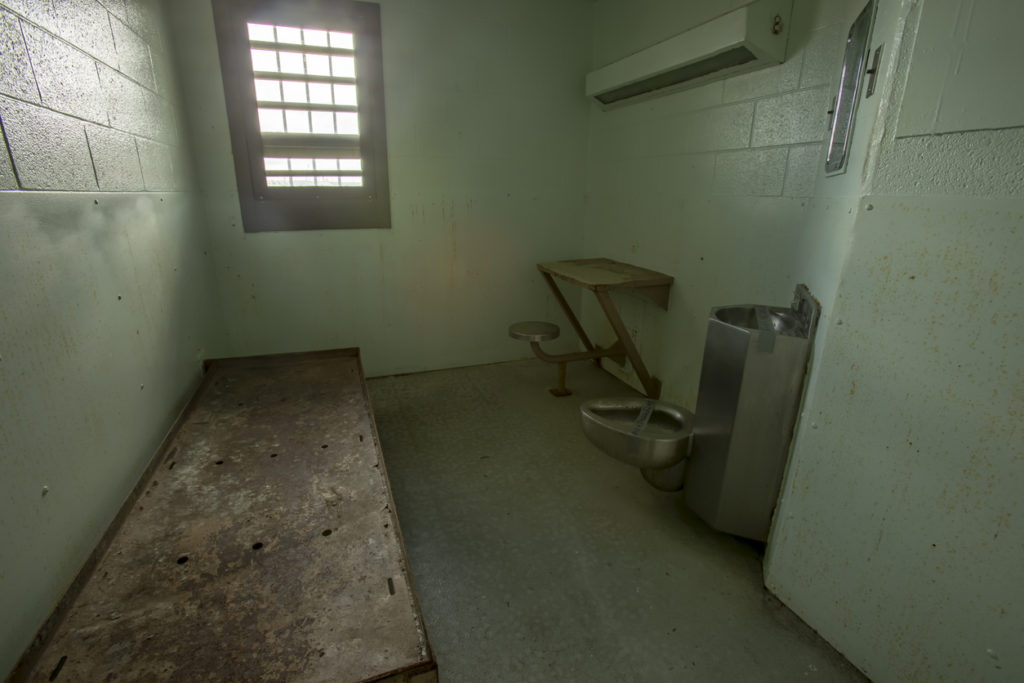Wrongful Death Lawyer – A Texas Jail is Non-Compliant on Suicide Prevention Training -Pt. 3

The Texas Commission on Jail Standards (TCJS) has approved the use of restraints in county jails on inmates exhibiting harmful behavior. Restraint chairs are included among the approved devices. TCJS specifies that the least restrictive restraint device must be used in each circumstance. Only after all other restraint devices have failed should a restraint chair be used.
When an inmate is placed in a restraint chair, his or her wrists and ankles are placed in locking mechanisms. The lap and torso are strapped down, as well. The inactivity that an individual is forced into is in itself an inherent danger. Potentially life-threatening blood clots can form.
Medical care is part of the process of using a restraint chair. In fact, all restraints are included under the health care section in the Texas code. It is essential for guidelines to be followed with regard to restraint chairs because they are dangerous. Manufacturers of restraint chairs usually state that the limit for leaving a person in the chair is 2 hours though up to 10 hours is the absolute max they recommend. In Texas jails, all restraints have been approved for use for a period of up to 24 hours.
To ensure the safety of inmates in a restraint chair, frequent supervision is required. Every 15 minutes, a jailer or member of the jail medical staff is to make a face-to-face check of that inmate. These observations must include ensuring that blood circulation has not been cut off from the inmate’s extremities.
In a Texas county jail, TCJS inspectors discovered that staff members entering times in restraint chair logs missed the required 15-minute observation checks on multiple occasions by 1 to 10 minutes.
See Part 1, Part 2, and this continuing series.
This website’s posts are intended to assist Texas inmates in county jails. At no time is there an intention to denote that wrongs have occurred on the part of entities or individuals.
–Guest Contributor
